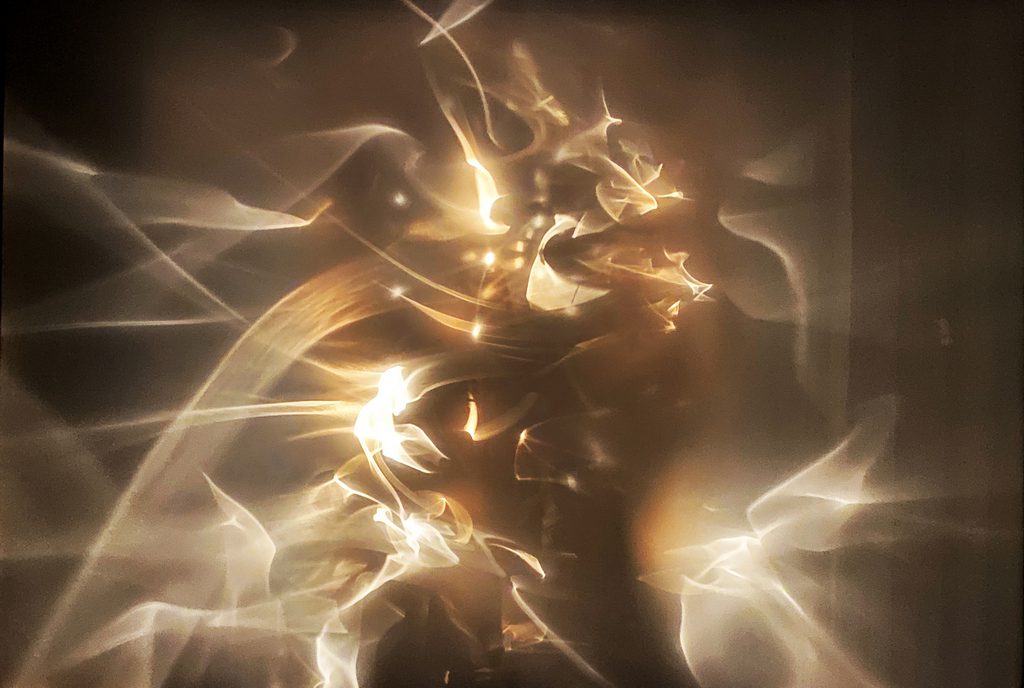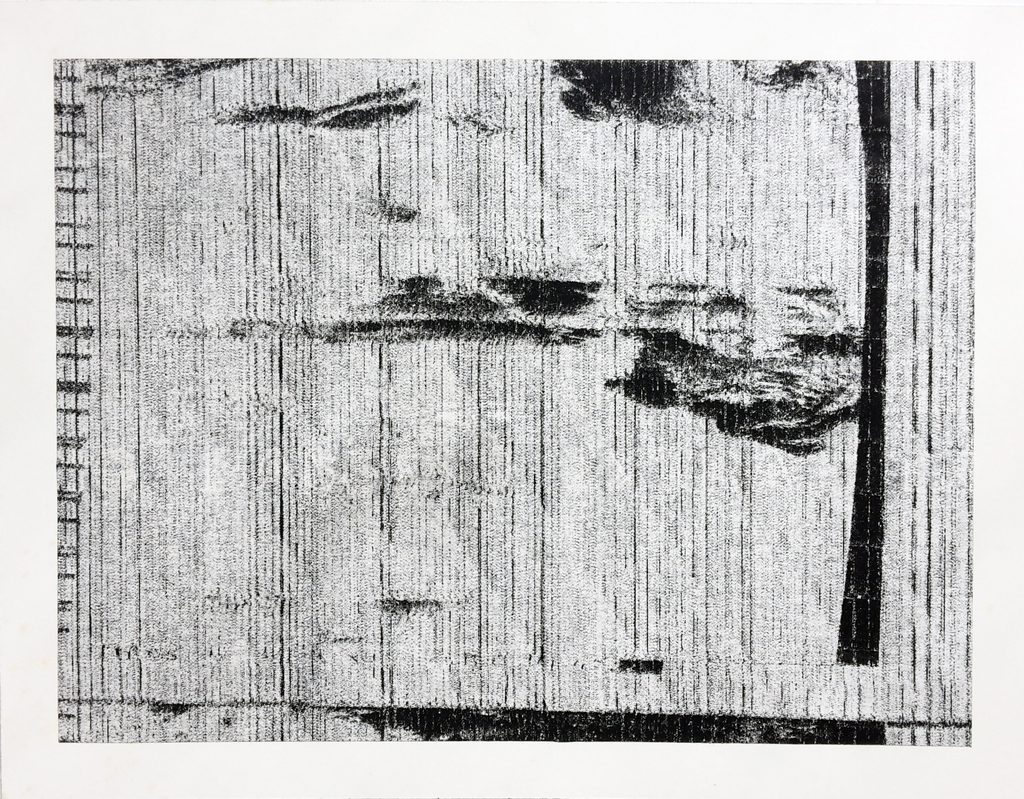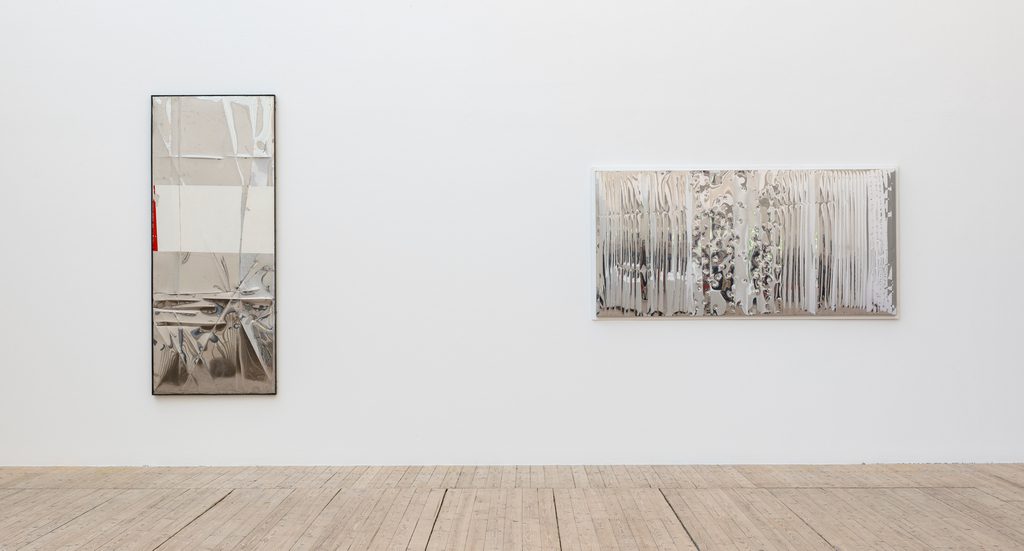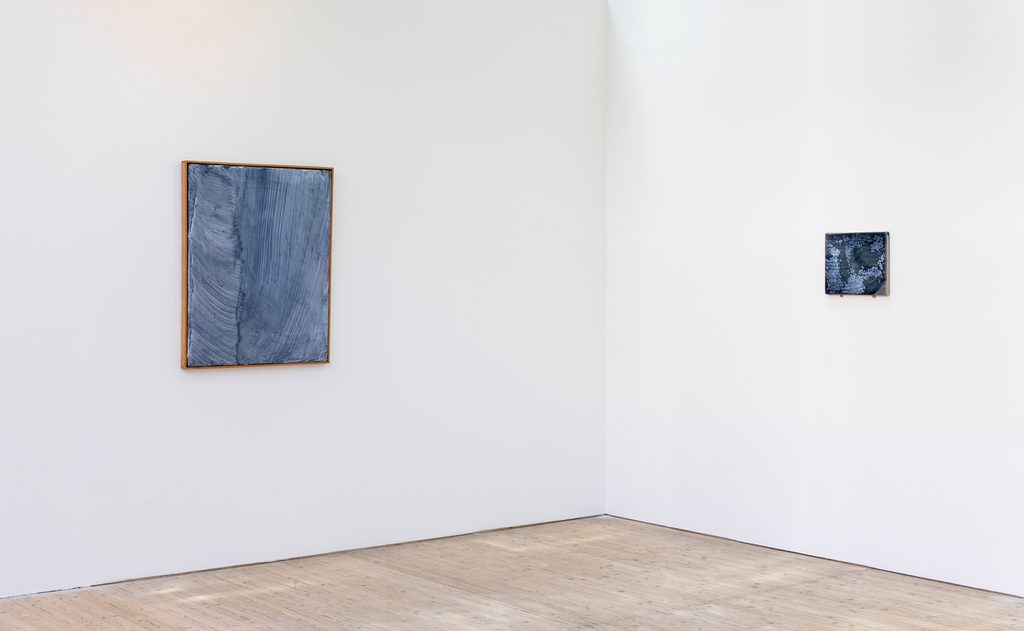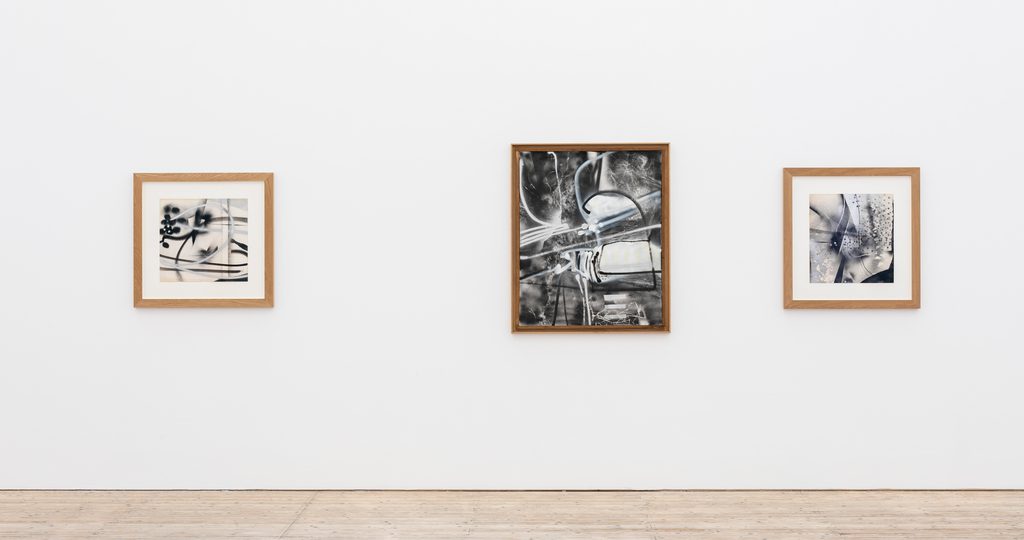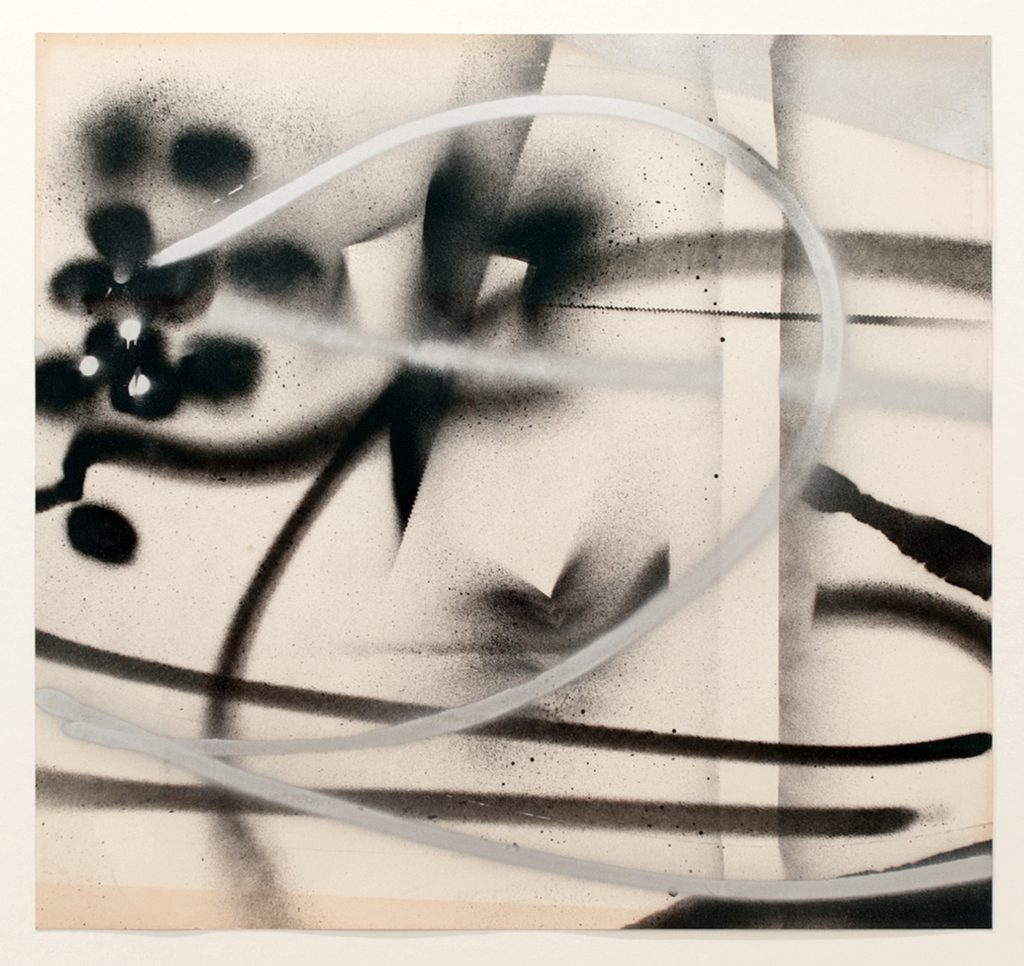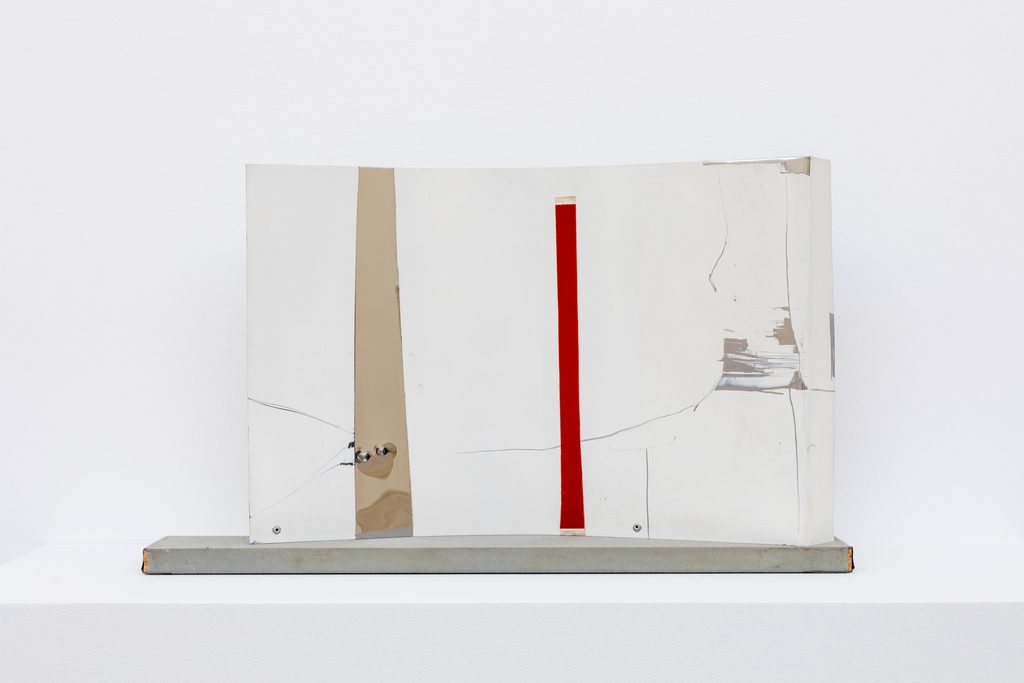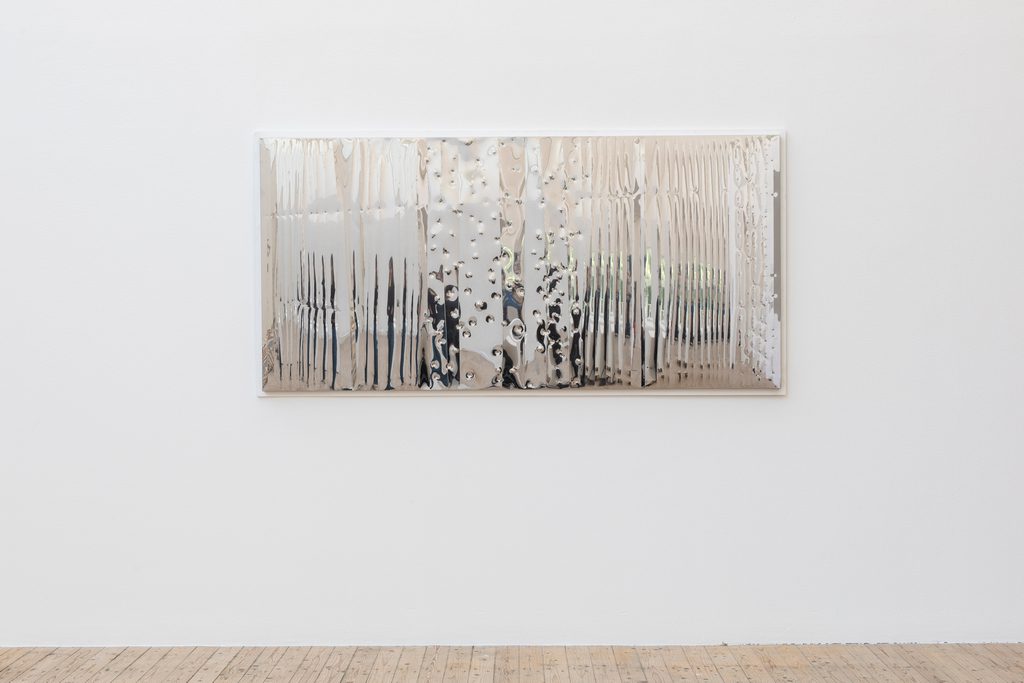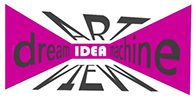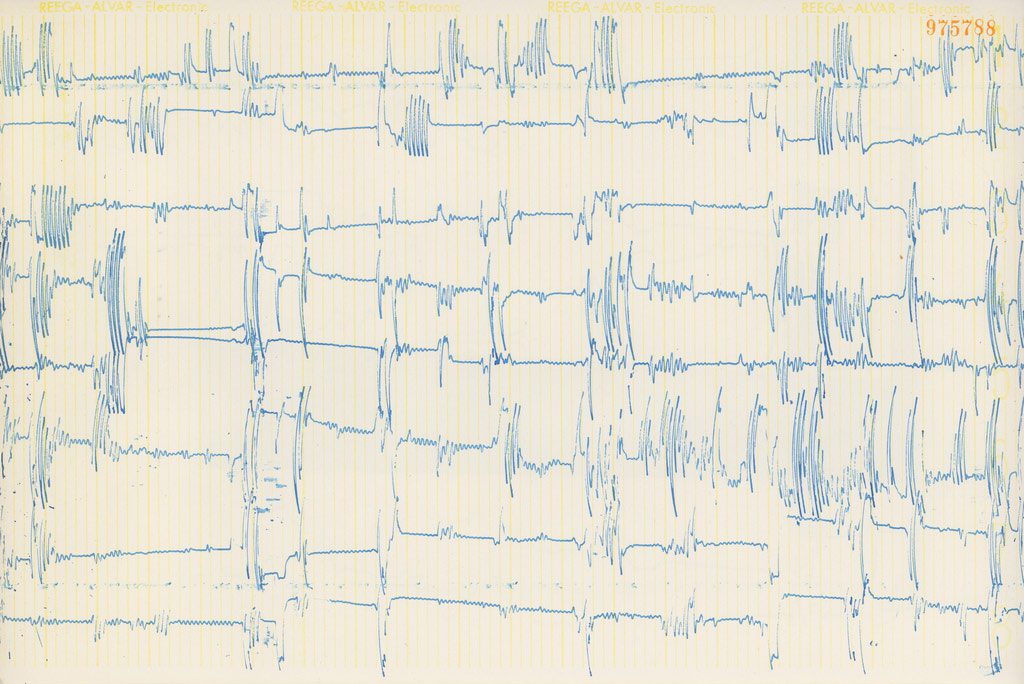PRESENTATION: Lars Fredrikson
Born in Sweden, Lars Fredrikson settled in the south of France in 1960. A tireless curious and skillfully inventive artist, he created a unique and sensitive universe developed through poetry, plastic experimentation, Far Eastern philosophy and modern technology. His research was rooted in the Zeitgeist*: like Nam June Paik, Fredrikson explored very early on the plastic potential of television—and electronics generally, while his research into invisible structures and randomness appears strikingly close to the work of John Cage. These practices were connected by a single pursuit: to render flows that are usually invisible (be they energy, telluric, sidereal or interior) perceptible.
By Dimitris Lempesis
Photo: Malmö Konsthal Archive
Malmö Konsthall presents the French-Swedish artist Lars Fredrikson (1926–1997) in his first major presentation in Sweden. The exhibition showcases Fredrikson’s multifaceted body of work, which includes paintings, engravings, collages, kinetic sculptures, sound works, and collaborative projects with contemporary French poets. Lars Fredrikson was a pioneer at the forefront of technology-based art: he modified fax machines and synthesizers, experimented with sound, image waves, and electromechanical works. His practice is multifaceted yet consistent, where the surface is always a space for spatial exploration. Lars Fredrikson was born in Stockholm and moved to France in 1960. His work was deeply influenced by the spirit of the time, encompassing early experiments with electronics and television. He was particularly interested in our perception of the spatial and created new relationships between artworks and their environments. As a trained radio engineer, Fredrikson constructed pieces that captured the invisible waves and frequencies of space in various ways. His artistic practice explored the boundaries between the visible and invisible, between absence and presence, movement and sculpture. Fredrikson founded France’s first sound studio at the Villa Arson Art School in Nice, which influenced several generations of sound artists. The exhibition opens with the cosmic dimension of “kinetic” works and steel 3D sculptures before segueing into collages and drawings by fax through to sound installations, of which Fredrikson was one of the pioneers. The show shines a light on his affinities with the Maeght Foundation, his multiple collaborations with poets and, not least, his involvement with the Villa Arson where he set up the very first sound studio at an art school in France, thereby influencing several generations of sound artists right up until today. In this way, the exhibition unveils the current value of the artist’s research and how it still resonates with contemporary practices. In his native Sweden, Lars Fredrikson studied chemistry followed by electronics around the time he became interested in art. He then worked in an army research lab and produced explosive sculptures before finding a job as a radio officer in the merchant navy and later moving to France in 1960.He acquired a fascination for frequencies, flows and signals just as kinetic art was emerging in the early 1960s. Surrounded by the scientific advances of his time and the dreams of space exploration and drawn to the ideas of movement and space, Lars Fredrikson made his own mechanisms which he used to create unique works based on wave motions. His practice also encompassed magnetic waves in television sets: he designed his own frequency synthesizers to generate visual and sound interferences which surged up from the screen by sonic pulses. Ars Fredrikson then went on to transfer this experience of tracing and trajectories between two points, interstices between two worlds, in subtle engraving work which started out on silver paper. Painting, as well as watercolor which he explored through his lifetime, were also practices fleshed out by his research into oriental calligraphy and abstraction.
In the early 1970s, when the artist first had contact with the Maeght Foundation in Saint-Paul-de-Vence, Lars Fredrikson shifted his practice towards engraving, publishing and stainless steel, an industrial material that caught the attention of many artists, from Francisco Sobrino to the Baschet Brothers. Hitherto unseen archives present the results of this intense collaboration. From 1968, Fredrikson participated in the Foundation’s events and exhibitions. Becoming friends with Aimé Maeght, he produced a large body of work in the site’s engraving studios thereby expanding his experience of tracing. At the same time, he fostered collaborations with many of his poet friends. In Fredrikson’s work, engraving and publishing exceeded the boundaries of the purely illustrative reproduction of a work, becoming creative disciplines in their own right, in particular through his alternately infra-thin or incisive pieces. These actions played with the front and back of pages or sheets of paper, the reversible dimension that we find in the reflecting effects of stainless-steel relief sculpture. Folded, grooved, incised, perforated, hammered, these large sheets of metal act as bas-reliefs containing writing by the artist, composed of lines and dots in the space. At the juncture of painting, sculpture and installation, these works form a universe in constant evolution. They interact with the surrounding environment (reflection, air, light, movement of the spectator, sound) to create a space between the real and virtual worlds in which the spectator, at the center of the installation, is subsumed by it. In 1972, Fredrikson presented the fruit of this work at a solo exhibition, “Espaces Virtuels”, held at the Foundation, which established his work and shone a light on the coherence between the different areas of his research. Lars Fredrikson’s entire body of work seeks to erase the question of representation and challenge the illusionist power of imagery. When the image persists, which is a rare occurrence, it is undermined, parasitized, developed through a more removed practice and limited color palette. The collages he produced in 1965 convey the multitude of visual information that assaults us to the point of “stopping us from seeing,” he said. The image returned in the 1970s with the fax and even more intensely in the 1980s. This telecommunication machine which converts document data into electric pulses and then sends them to a recipient would become an automatic draughting machine in the hands of the artist and through his sound studio. The parasitized image loses its illustrative and representative dimension to become abstract in form, translated into wave fields that are imperceptible to the human eye. His research on interference led him to experimenting with sound, a practice he started in the late 1960s and honed during the 1980s and 1990s. Dismissing any connection with music, Fredrikson attempted to make a large spectrum of frequencies more perceptible by the body as much as the ears. He unveiled sound as a material. As a fan of amateur radio, he went on to develop an impressive sonic arsenal over the years, today housed at the Centre Pompidou, which has its own display at the center of the show, presenting the experimental, analogical and artisanal nature of the artist’s practice.
*Zeitgeist translates from German to mean “the spirit of the times” or “the spirit of an age”. It refers to the prevailing intellectual and cultural climate of a particular period in history.
Photo: Lars Fredrikson, Partitur A (detalj), 1971. Courtesy Lars Fredrikson Estate & Galerie In Situ – fabienne leclerc, Paris
Info: Organizers: Sara Arrhenius, Lars Fredrikson Estate, Léa Dreyer and Jonas (J) Magnusson, Malmö Konsthall, S:t Johannesgatan 7, Malmö, Sweeden, Duration: 24/5-24/8/2025, Days & Hours: Tue & Thu-sun 11:00-17:00, Wed 11:00-19:00, malmokonsthall.se/
